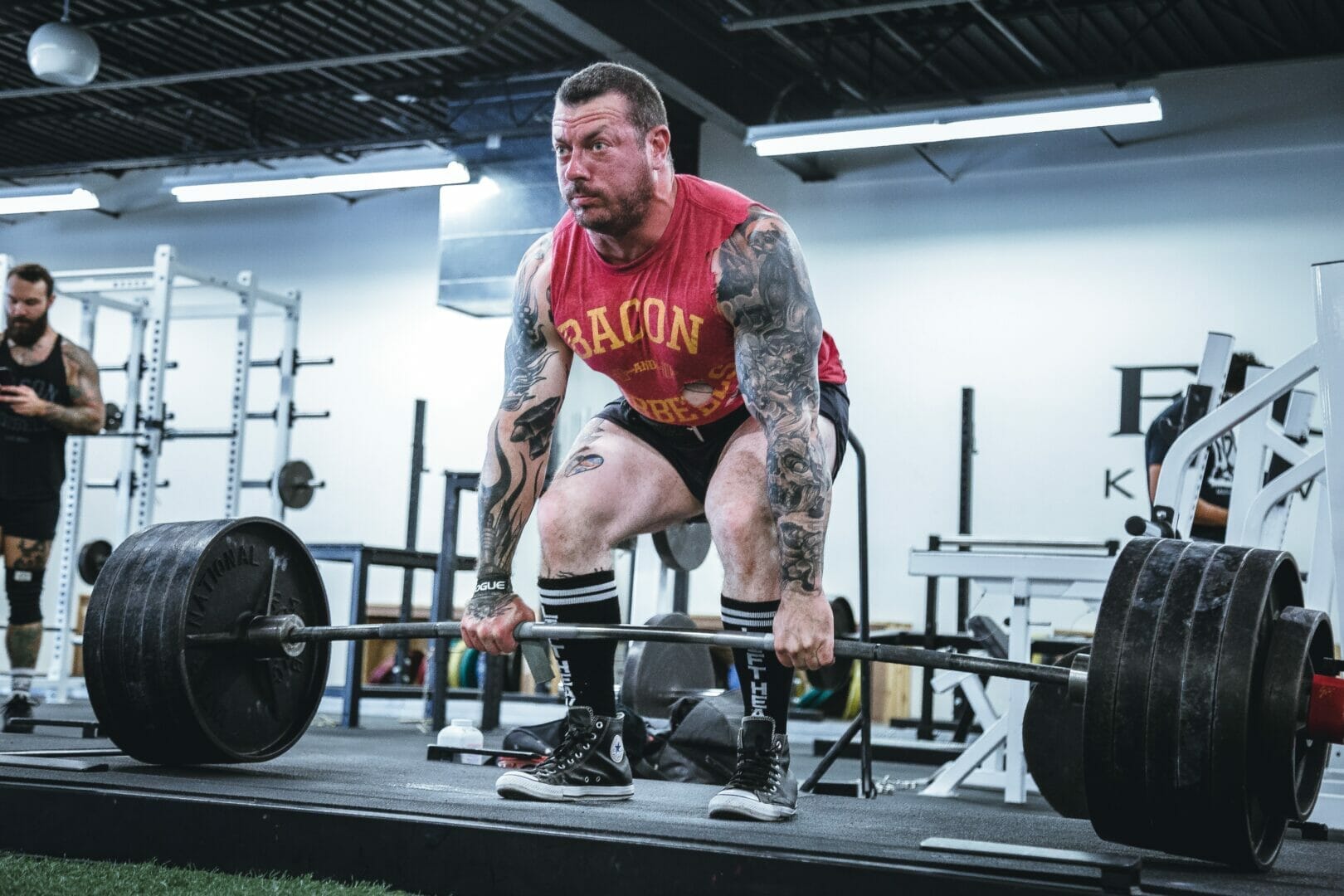Are you looking for a workout that can transform your body, boost your strength, and improve your overall fitness? Look no further than the Deadlift! This incredible full-body exercise not only builds muscle and burns fat but also offers a host of health benefits when executed with the correct technique. Join us as we delve into the value of performing the Deadlift correctly, exploring its natural human movement pattern and the rewards it can bring to your fitness journey.

Deadlift in a Nutshell: Mastering the Technique
Before we dive into the details, let’s outline the key steps to performing the Deadlift with precision:
- Setup: Begin with your feet hip-width apart, toes pointing forward, and a barbell in front of you. Bend at your hips and knees to lower your body, grasping the bar with both hands just outside your knees.
- Grip: Choose either a double overhand grip (both palms facing you) or a mixed grip (one palm facing you, one palm facing away) for a secure hold.
- Posture: Maintain a neutral spine from head to tailbone. Keep your chest up, shoulders back, and engage your core.
- Lift: Push through your heels and stand up while keeping the barbell close to your body. Straighten your hips and knees simultaneously.
- Lockout: At the top of the lift, ensure your hips and knees are fully extended, with your shoulders pulled back.
- Descent: Lower the barbell by pushing your hips back and bending your knees while maintaining that neutral spine. Allow the barbell to lightly touch the floor before beginning your next rep.
- Repeat: Perform multiple repetitions with proper form.
Watch this video: How to Deadlift with Chris Duffin
The Risks of Incorrect Deadlift Form
While the Deadlift offers numerous benefits, it’s crucial to acknowledge the risks associated with improper form:
- Back Injury: Rounding your back during the Deadlift can lead to serious spinal issues. Maintain a neutral spine to protect your lower back.
- Knee Strain: Incorrect knee alignment or locking your knees prematurely can cause strain or injury to your knee joints. Ensure your knees track in line with your toes throughout the lift.
- Overtraining: Overtraining without proper technique can lead to muscle imbalances and strain. Gradually progress your Deadlift weight to avoid this.
How to Get Started With Deadlifts
To get started with Deadlifts, try this sample workout that incorporates this fantastic exercise:
Sample Deadlift Workout:
- Warm-up: Spend 5-10 minutes warming up with light cardiovascular exercise, followed by dynamic stretches to prepare your body.
- Deadlifts: Perform 3 sets of 8-10 repetitions with a weight that challenges you while allowing you to maintain proper form.
- Assistance Exercises: Include other compound movements like squats, pull-ups, and planks to complement your Deadlift workout.
- Cool-down: Stretch and foam roll to reduce muscle tension and improve flexibility.
The Deadlift is an invaluable addition to your fitness routine, offering not only strength gains but also improvements in posture, bone density, and overall functional fitness. However, it’s essential to emphasize that performing Deadlifts with proper technique is of utmost importance to reap these rewards and avoid potential injuries.
If you’re ready to master the art of the Deadlift or refine your existing technique, we invite you to take the next step in your fitness journey. Our experienced coaches are here to guide you through the process, ensuring that you lift safely and effectively. Book a “Free No-Sweat Intro” with us today by clicking this link: Book Your No-Sweat Intro.
Don’t miss out on the opportunity to unlock your true strength potential. With the Deadlift as your ally and our expert guidance, you’re on the path to a healthier, stronger, and more resilient you. Get started today!


